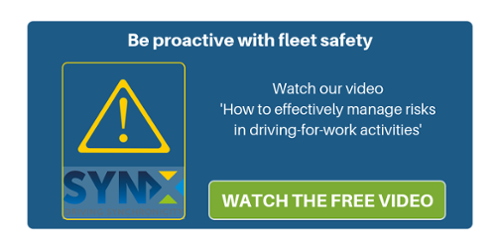
Advanced driver assistance systems have been created to make vehicles safer and enhance human driving. ADAS, as they are known, were developed to reduce road fatalities by minimising human error. Some of them include adaptive cruise control, collision avoidance systems and driver drowsiness detection systems. There have often been discussions as to whether some of these continually modified applications are really necessary, with current research only fuelling the debate.
IAM RoadSmart, a UK charity that educates drivers and creates greater sensitivity to the importance of road safety, recently issued a whitepaper on the challenges and solutions of distracted driving, examining the following factors: the wandering minds of drivers (making them more prone to inattention), the trend of “nomophobia” (the fear of being out of mobile phone contact) is common among business drivers and the four forms of driver distraction —mental, visual, manual and audible.
According to the IAM publication, ADAS might tempt us into inattention while driving and take back control at a later point. The increased sophistication of this type of technology was obviously meant to improve safety, but an unexpected consequence is this lack of vigilance and the added attention required for drivers to address ADAS technology alerts or features while driving.
In 2017, according to the UK department of transport, 4639 casualties were attributed to in-vehicle distractions. Autonomous vehicles are still far from the finished article that is supposed to make our lives safer and easier.
According to IAM, fleet policies and correct training might help drivers adequately prepare for the use of ADAS technologies so they can fully realise all the advantages in a way that makes sense and is legal. A robust company structure able to educate drivers and detect risky behaviour can definitely help leverage advanced safety technology. If you wish to furnish your team with a sound fleet policy, have a look at our sample. You can use it to update your team’s current policy or contact us if you want to get started with a comprehensive system able to detect risks within your fleet.





